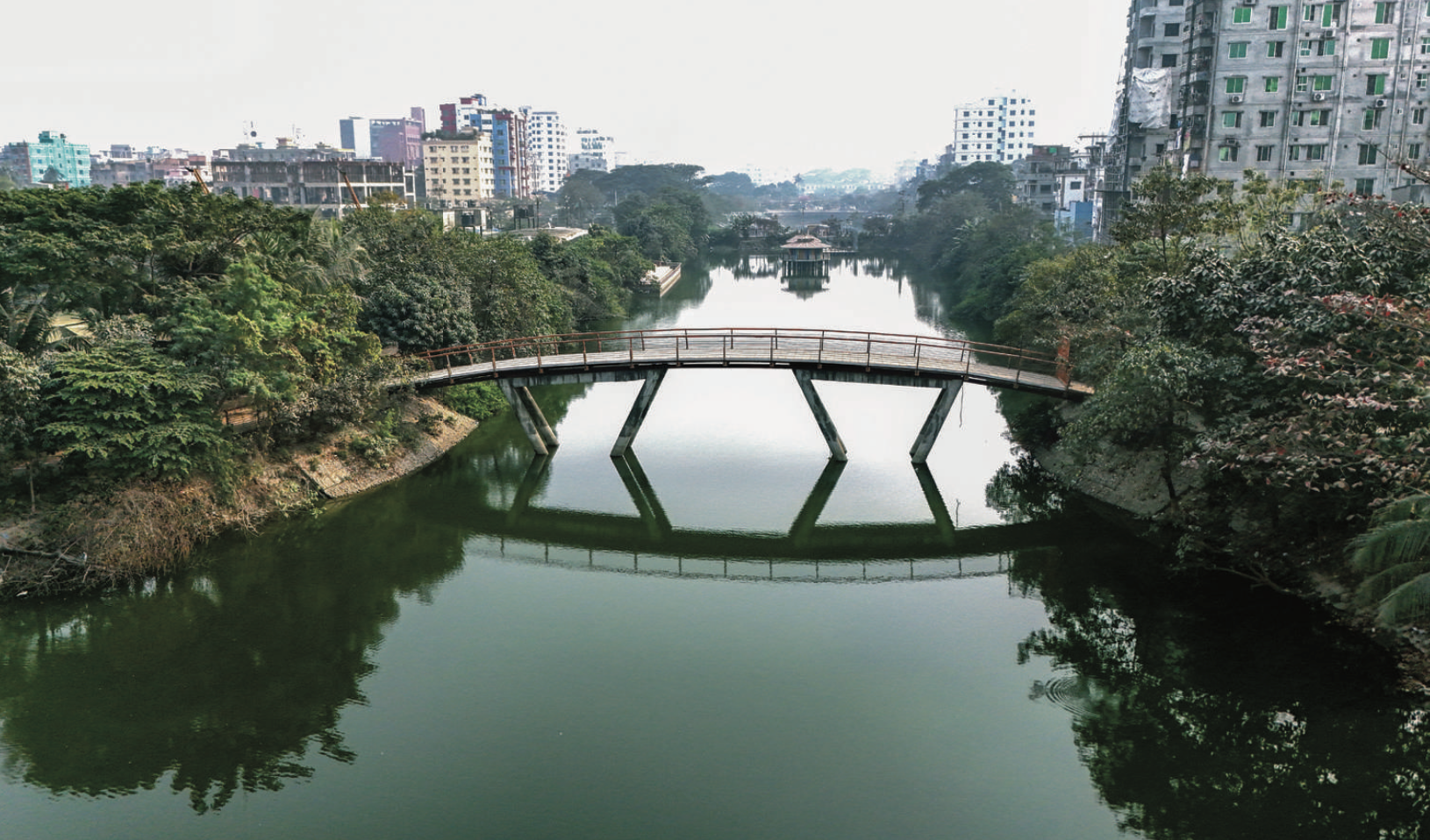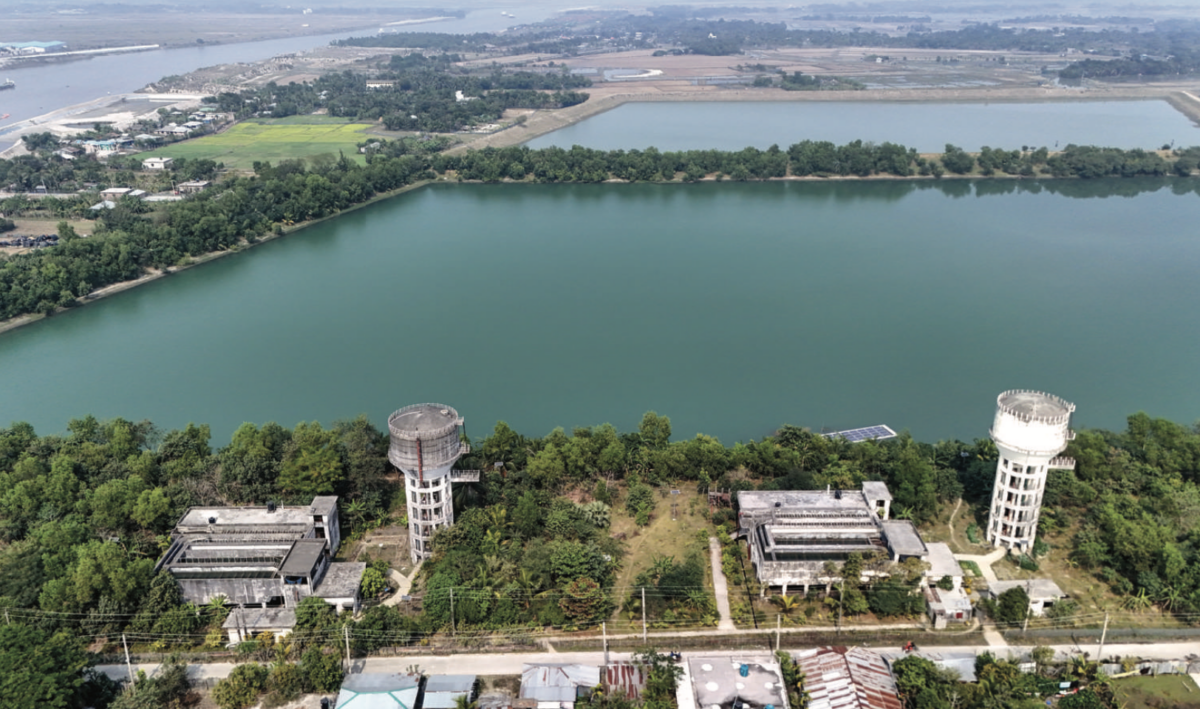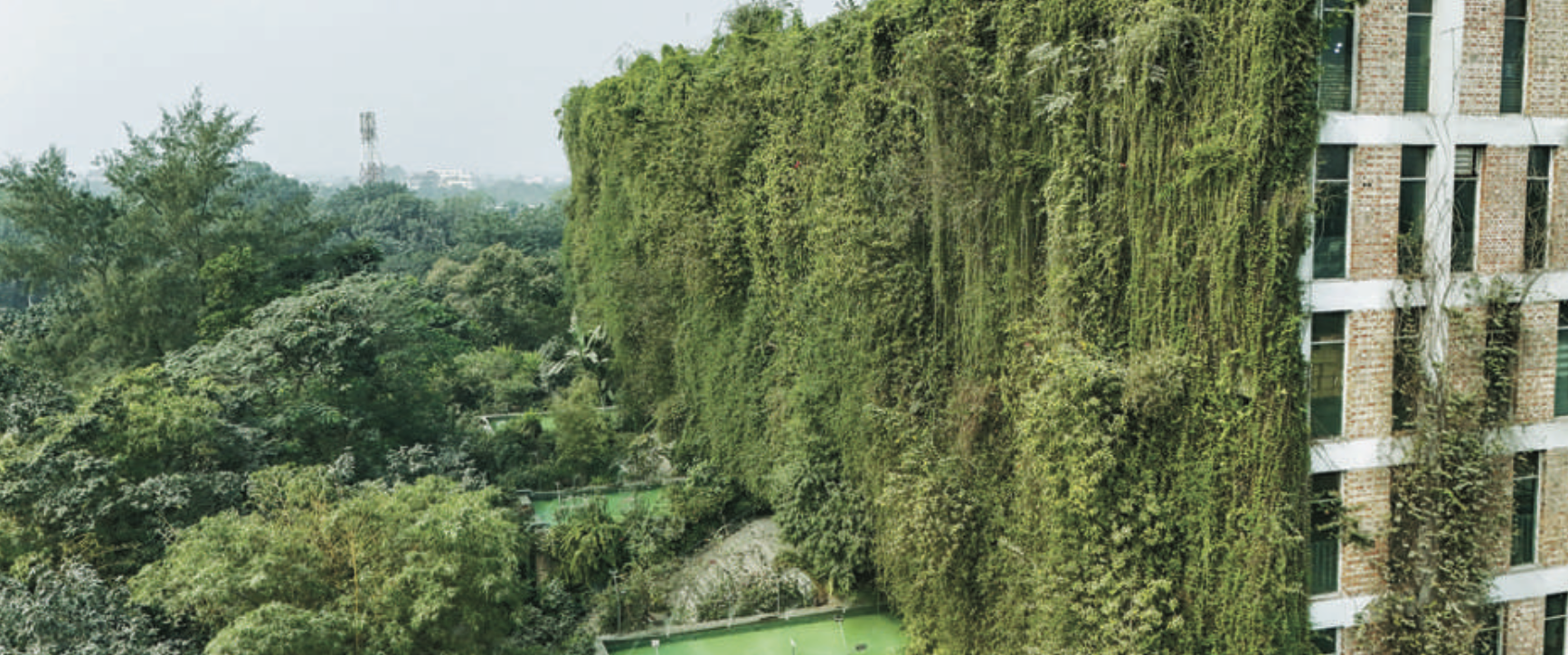The Pond We Forgot: Why Bringing Nature Back Is Key to Resilient Cities
I
n April 2023, a massive fire broke out at Dhaka’s New Super Market. As firefighters scrambled for water, they turned to an unlikely lifeline: a long-neglected pond at the nearby Dhaka College. One of the few remaining in central Dhaka, that pond became critical in containing the fire.
That moment exposed a reality we often overlook: our urban systems have become dangerously detached from nature. We have systematically paved over the very systems that once made our cities functional, liveable, and resilient.
In Dhaka alone—a city once rich with canals, lakes, and wetlands—more than 60% of its wetlands were lost in the 30 years leading up to 2016. The consequences go far beyond fire response: more flooding, more heat, fewer water sources in the dry season, less breathable air, and fewer shared public spaces. In the absence of these natural buffers, cities are left more fragile and unprepared for the escalating impacts of climate change.
The Nature-Based Solutions (NbS) Compendium for Urban Resilience in Bangladesh—co-developed by the Global Center on Adaptation (GCA) and IUCN Bangladesh—seeks to address this disconnect between urban development and the ecosystems that support it. With financial support from the UK Government, the compendium forms part of GCA’s technical assistance to the flagship Improving Urban Governance and Infrastructure Project (IUGIP), a major urban investment initiative financed by the Asian Development Bank (ADB), Agence Française de Développement (AFD), and the Government of Bangladesh. The Compendium offers a practical roadmap for bringing nature back into the heart of urban planning—not as an aesthetic luxury, but as a critical foundation for resilience.

An aerial view of Nagar Park, Narayanganj
Why This Compendium Matters
This is not a catalogue of imported, futuristic ideas. The solutions it presents are rooted in Bangladesh’s own urban landscape—ponds, shaded lanes, wetlands, canals, vegetated industrial sites, and community parks. These are everyday features that are often overlooked or underfunded, yet they continue to provide critical services for cities.
When GCA and IUCN began this work in late 2022, it quickly became clear that there were no Bangladesh-specific references to guide local planners and decision-makers in scaling up NbS. Most examples came from cities like Berlin or Singapore—valuable in theory, but not designed for the needs and realities of Bangladesh’s rapidly growing, densely populated, and resource-constrained urban areas.
That is why we started from the ground up. Through in-depth fieldwork and community consultations in six representative cities, complemented by national stakeholder consultations, we identified and using the IUCN Global Standard for NbS evaluated 20 scalable urban NbS interventions already in use across Bangladesh. By drawing directly from local examples, the Compendium ensures that its recommendations are locally relevant, technically feasible, and adaptable across Bangladesh’s diverse urban contexts.

An aerial view of the Water Treatment Plant, Mongla
Nature-Based Solutions: Not Magic Bullets, But Essential Tools
Let’s be clear: NbS are not a replacement for core infrastructure like drains or roads. But they offer crucial, complementary benefits—cooling neighborhoods, filtering water, absorbing floodwater, reducing air pollution, and providing much-needed green space in overcrowded cities.
To be effective, NbS must be:
- Inclusive – ensuring that the voices of the urban poor, who are most vulnerable yet rarely consulted, are heard and acted upon.
- Institutionalized – embedded into long-term urban planning frameworks, not left to ad-hoc projects or donor pilots.
- Co-owned – with communities actively engaged in the design, implementation, and long-term maintenance of these solutions.
That is why the Compendium goes beyond listing solutions. It tackles the enabling environment—governance, financing, policy integration, and capacity-building— making it not just a design tool, but a foundation for systemic change in how cities plan for resilience.
Scaling NbS Requires Awareness, Capacity, Collaboration, and Mindset Shifts
Many municipalities in Bangladesh—especially secondary cities—are unfamiliar with NbS or lack the resources to implement them effectively. There’s also a significant capacity gap in how to integrate NbS into ongoing urban infrastructure projects.
Scaling NbS demands a shift in thinking about what counts as “infrastructure.” It also calls for strong partnerships across sectors and stakeholders. The Compendium is a product of such collaboration and partnership- demonstrating what is possible when sectors align. As the Team Lead for Climate and Environment at the British High Commission in Dhaka noted during the launch event, the Compendium shows “what can be done, what has been achieved, and provides guidance on how we can move forward together.”
But providing solutions is not enough. To truly embed NbS in urban development, we also need a new kind of social compact: one where nature in cities is recognized as a shared civic responsibility. Protecting, maintaining, and valuing ponds, parks, and green corridors must become a widely shared civic norm—an essential part of how we shape and care for our cities.

View of the Southern façade of the Karupannya factory building covered in dense vegetation
From Forgotten Ponds to Future-Ready Cities
The Compendium was launched in Dhaka on 30 April 2025 together with national policymakers, local government officials, urban experts, and development partners. Key takeaways from the event included the need to embed NbS into planning and investment systems, to prioritize underserved communities, and to treat NbS not as optional extras—but as core components of a climate-smart city.
We don’t need perfect solutions to get started. Perfect must not be the enemy of good. This Compendium is a starting point—grounded in Bangladesh’s context, shaped by local experience, and designed to be adapted, improved, and scaled.
Let’s bring nature back into our cities—not only because it’s beautiful, but because that’s our lifeline.

Feisal Rahman
Senior Specialist and Acting Country Manager, Global Center on Adaptation

Sara Diaz
Junior Program Officer, Water & Urban, Global Center on Adaptation
The ideas presented in this article aim to inspire adaptation action – they are the views of the author and do not necessarily reflect those of the Global Center on Adaptation.